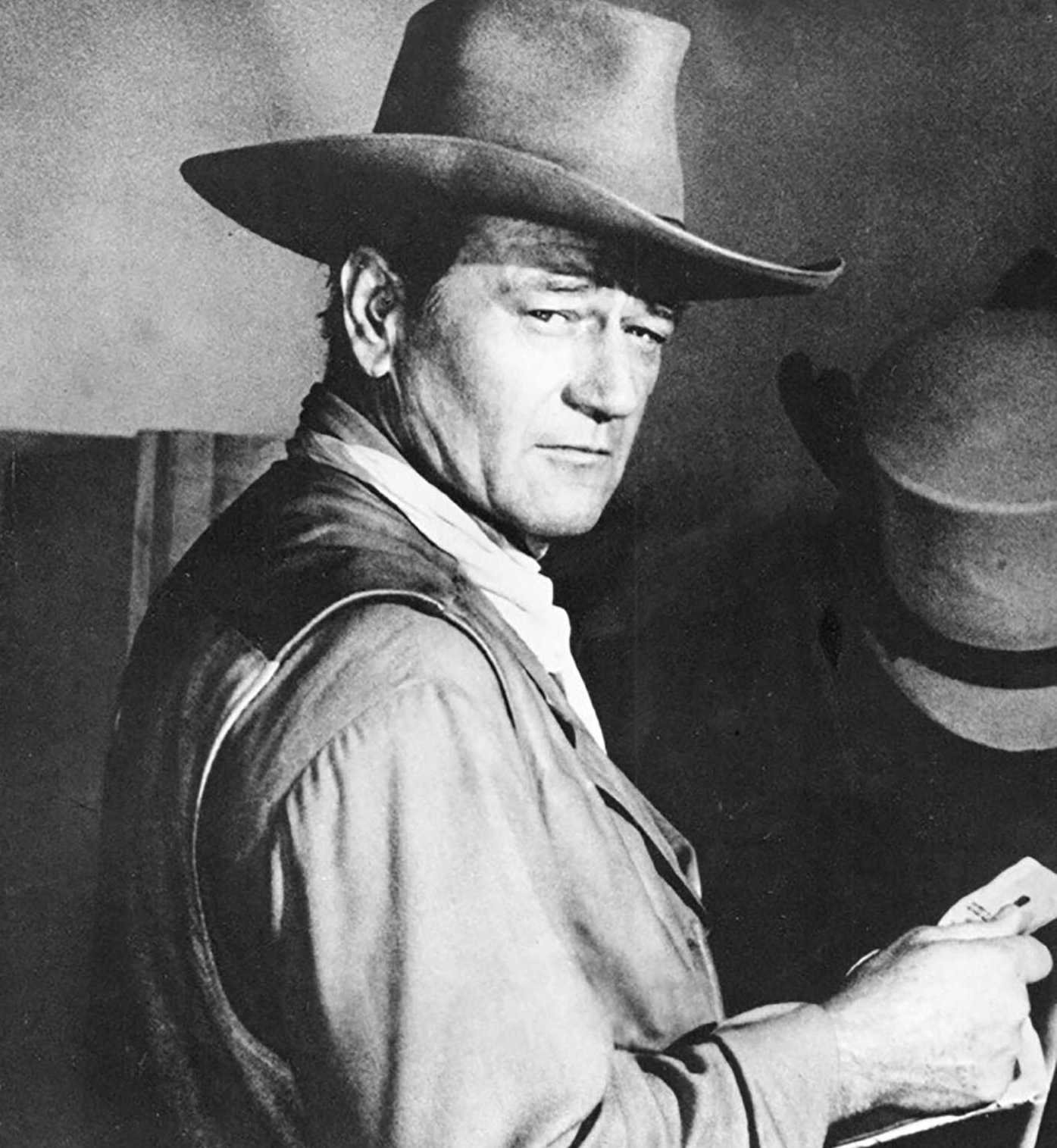Road To Namby-Pambihood
First published in the print column, The Nature of Things
This week millions of Americans tuned in to watch the new season premier of the television series, Yellowstone, starring Kevin Costner. This Montana-based western, written by former Sons of Anarchy actor Taylor Sheridan, is kind of like The Godfather meets Lonesome Dove, but in modern times.
I confess I am a fan. Though Sheridan has produced other stories for the screen I admire more, it’s fair to say he has successfully, and quite single-handedly, brought the western genre back to life. And in the Yellowstone saga, in this age of uber political correctness, he has created a cast of characters in a storyline that (murders aside) model a refreshingly different approach to life—one anyone over forty and accustomed to hard work will recognize, probably with a tinge a wistfulness.
The fact is, Yellowstone has now surpassed the former record-breaking, number one series The Walking Dead for number of viewers, so the plight of the Duttons (Costner’s on-screen family) to save their Montana ranch has successfully captured a bigger audience than the zombie apocalypse—so that’s saying something.
The traditional western genre had its day, and its loyal following. Johne Wayne, Jimmy Steward, John Ford, then later, Sam Elliot, Tom Selleck and Clint Eastwood. In their time, those movies were entertaining for those who liked to watch gun play and chases on horseback, and men who seemingly lived by bravado alone.
But Sheridan’s modern day westerns, like the movies Hell or High Water, and Wind River, as well as Yellowstone, bring current issues that are real to rural America, and reservation life, front and center. Whether it’s the Dutton family fighting to preserve their ranching way of life, or the murder cover-up of a young Native woman who becomes one of the undocumented thousands of Native women that go missing each year, this new representation of the West is every bit as wild as the old version—only truer.
What I find most interesting is how it’s even possible that these stories are so popular. In these times when it seems people are on the lookout for ways and opportunities to be offended, or be triggered in some traumatic way, in a region that our culture has forever overlooked, misunderstood and undervalued, how is it that this story of rough and tough, uncompromising characters that say it like it is, and to hell with whoever doesn’t like it, is one of the most watched shows of all time?
Someone needs to analyze this. There’s a big disconnect there between how we’re saying things “should be,” and how we actually like to see them work out. Not that everyone wants to be neighbors or in-laws to a family like the Duttons; that would be akin to marrying into Vito Corleone’s family. And not that the show is even necessarily an accurate portrayal of real ranch life (Not too many ranchers I know have their own helicopter.) But there’s definitely something to be said for the no-nonsense, take-no-prisoners way they go about confronting and solving their problems.
As someone who grew up listening to “insensitive” John Wayne wisdom like, “Sorry don’t get it done,” and “Big mouth don’t make a big man” and “You look like the vermin-ridden SOB you are,” I find the recent digression of our culture into namby-pambihood a bit unsettling.
Apparently, I’m not the only one.


